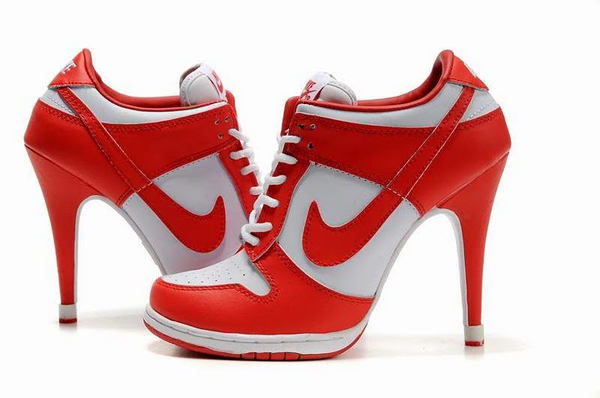Lateral Forefoot loading. Why do we see so many runners laterally strike on the forefoot ?
/This was from a reader on our Facebook PAGE. It was a great observation and a great topic to continue on our dialogue here on the blog and on our last 2 podcasts. We discussed this on the last podcast but we feel that there needs to be further clarification. (FB link) and (Pod link)
I think Runblogger or someone like that showed video clips of footstrike at an elite (or pro) level race…virtually all the elites (or pros) were first contacting the ground on the outside of their forefoot and rolling to the inside.
The Gait Guys response:
For some people, their anatomy “works” or can tolerate the forefoot contact better than others. Remember, the natural walking gait foot progression is heel, lateral forefoot, medial forefoot. The natural running foot strike is under greater debate as you all know if you have been following the materials here on our blog, facebook, twitter and podcasts. Our last two podcasts (#19 and #20) have gone into this in greater depth.
What you likely are seeing (the more lateral forefoot loading pattern) for these elite pro runners in the video you spoke of is normal clean biomechanics (for them), but for many people, you are not seeing that (by the way, we saw plenty of nice squared off forefoot loading responses as well in other pics and videos); rather you are seeing a coping compensation or just simply poor biomechanics that will lead them to injury. The question is when does it become excessive for a person via poor running form choice, forefoot varus foot type or internal tibial torsion etc ? Perhaps a more important question is whether the person has a flexible mid foot and fore foot that will allow the drop of the first metatarsal (medial tripod) to the ground to complete the foot tripod without having to over pronate through the midfoot or forefoot ? That is the key !
And these are valid concerns. Many of people have this, the elites you saw obviously have tolerant anatomy and tolerant biomechanics, for them. For them, they orchestrate all of the parts, perfect or imperfect, into a symphony. This is not as common as many of us would wish. Sure a more (not 100%) squared off forefoot strike is more perfect but not many people have perfect anatomy, in fact we are taught in med school that anatomic variance is the norm. And besides, what is perfect for any given person ? Perfect and clean biomechanics for a given person could arguably be debated as that which enables them to be most efficient without injury long term. Meaning that which may not look pristine but that which acts as such over the long term.
Classically, a brief, controlled, and non-excessive lateral strike may be normal, and with a normal and progressive transition to the medial side of the foot however, many people have a rigidity-flexibility issue between the forefoot and rearfoot (ie. rigid or uncompensated forefoot varus for example) and these people often become patients as runners. This was what we were referring to in podcast #20 which spurred the readers inquiry. These folks cannot adequately, safely and efficiently drop the medial tripod down (1st metatarsal head) without having to so much of the movement more grossly through the midfoot and excessive pronation. Many people try to fix this with shoes or orthotics but it is a bit more complicated than that, although on the surface it seems logical and simple.
Obviously those pros that were viewed do not have these issues, hence why they are pros, meaning optimal mechanics, rarely injured for long combined and with gifted cardio fitness. To be a pro you need all of the pieces, just wanting to run fast or simply training hard is often just not enough to become elite. The pros are a small percent of the population. Many others are not in that category and thus remain at risk injury or become statistics. We have had plenty of elite runners in our offices who had the cardio and the will but not the anatomy and biomechanics to stay out of our offices long term (injury free) to compound the necessary training. Many of these folks were converted to triathletes and have been able to compete at world class levels because we found a way for them to dampen the impact miles on tortured running anatomy.
Sometimes a person’s will is not enough, sometimes you have to have the complete package. And that means competent anatomy and a tolerance system to aberrant biomechanics. In our opinion our dialogue here is critical in runners, unfortunately there are some big gaps from the medical and biomechanics side in many of the dialogues on the internet. But that is were we find our niche, and it is where we are best positioned to help the masses.
Join us weekly on our podcasts, here on our blog, or our other social media sites. Join the Gait Guys brethren !
Shawn and Ivo
The Gait Guys
all material copyright 2013 The Gait Guys/ The Homunculus Group. All rights reserved. Please ask before lifting our stuff!



























